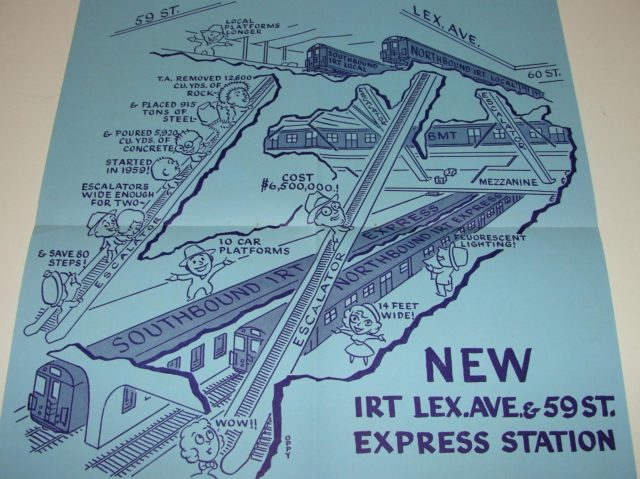
Last week the NYC City Planning Commission moved forward with one of former mayor Bloomberg’s last major rezoning proposals for Midtown East (the area between Fifth Avenue, Third Avenue, East 39th Street and East 57th Street). The idea is to encourage large new development in a transit rich area of the city which was last built out in the 1950s and 60s. This was the prime showcase for the city’s 1961 zoning plan which introduced plazas as an incentive for taller buildings. The Seagrams Building on Park Ave between 52nd and 53rd streets was the first and arguably most successful of the new modern glass and steel towers built in the International Style. Unfortunately as more and more developments took advantage of the plaza-for-height clause the avenue began to lose it’s street wall to bland, windswept corporate “open space”, not to be considered a city park as it was now privately owned space. Today the issue isn’t public space but rather old space; the office spaces in this post-war towers can only be renovated so many times and today cannot meet the needs for 21st Century high tech companies (which pay top dollar, mind you). Midtown East is built out as far as the previous zoning will allow so a change is in order.
Much like the plaza clause in the 1961 zoning law which brought more “open space” the new zoning being proposed by the City Planning Commission is giving incentives to developers who will in tern create better pedestrian areas (probably indoor winter gardens), improved street access, and expanded transit services which include new, larger entrances to subway stations and in the case of Grand Central adding more space on platforms by shaving back obstacles such as large support beams. The city is also banking on the MTA’s last major expansion project, East Side Access, to be open by the time much of the new development gets underway. East Side Access is bringing the Long Island Railroad into a new cavernous station below Grand Central Terminal. And while the first section of the 2nd Ave Subway has just opened through the Upper East Side it seems like it will be another generation before 2nd Ave through Midtown East will see trains. While I could suggest that the city and MTA work together on expediting Phase 3 of 2nd Ave through Midtown East I actually think that time should be taken to reconsider Phase 3 especially with this new rezoning. Phase 3 has always been designed as a 2 track line from 63rd St to Houston St but given ridership growth over the last 5 years and projected growth with rezoning the city and MTA should seriously consider a 4 track line for Phase 3.
While I trust the City Planning Commission to continue with its public-private partnership approach to subway access improvements there is one idea which is larger and more involved. The city and the MTA are working closely on this new rezoning because the MTA can only gain from third parties expanding their stations for them at minimal cost to the MTA. New connections and mezzanines through private buildings will help keep additional pedestrians off the clogged sidewalks but it will also funnel more and more riders onto an already maxed out subway line.
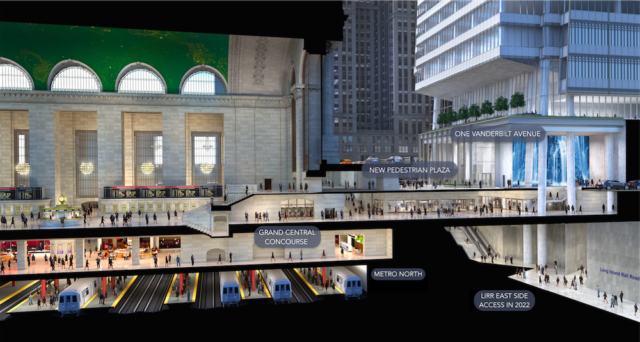
There are three major subway hubs in the Midtown East study area: 42nd-Grand Central (4,5,6,7 & Shuttle trains), 51-Lexington/53rd St (6,E,M trains) and Lexington-59th St (4,5,6,N,R,W trains which doesn’t include Lex-63 F,Q trains). As the Lexington Line is the only subway running north-south through Midtown East these three stations handle not only north-south riders but any riders coming from Queens and continuing south. 42nd-Grand Central has the most publicized improvements thanks to the new 1 Vanderbilt tower now rising next door. The 1 Vanderbilt developers have proposed expanding the mezzanine connecting Grand Central to the subway and shuttle to Times Sq as well as shaving back the support beams on the subway platforms to allow more people to be on the platform. With the opening of the 2nd Ave Subway from 63rd St to 96th St the connection between the 4/5/6 and N/R/W trains at 59th St should see some relief as now riders looking to get to Times Sq or even Union Sq can take the Q train and avoid 59th St entirely.
This leaves 51-Lexington/53rd St. This station has seen a number of improvements over the years through public-private partnerships, most famously with the development of the CitiCorp Tower at 53rd St which created a large new mezzanine connecting the IRT 6 station to the IND E/M station. When the building at 560 Lexington was built a large open plaza was built into the base of the building at the corner of 50th and Lexington which allowed for a new subway entrance at the southern end of the IRT 6 southbound platform to be built. Adding new staircases here would be beneficial to passenger flow, especially given how congested the platforms can get, but that will only go so far.
What’s needed is a major upgrade for the station. 51 St on the IRT Lexington Line is a local station sandwiched between two express stations which means that any rider coming from downtown or uptown and the Bronx needs to take a crowded local train or change at 42nd or 59th St from an express to a crowded local train. The city and MTA need to consider adding new platforms on the express tracks. Upgrading the station to an express station means fewer transfers at 42nd and 59th Sts stations and gives riders coming from Queens via the E/M trains an alternative transfer option than just the R train at 59th St. This second fact would allow for a radical reorganization of Queens Blvd trains: R trains could now run via the 63rd St tunnel instead of the 60th St tunnel which is also used by the N/W trains. The 60th St tunnel is a bottleneck in the system as it forces three services to use it; shifting the R to 63rd St would allow for more R trains as well as more N/W trains to Astoria. M/R trains both run local in Queens so riders would have the choice, should they need to transfer to the 4/5/6 they can take the M, if they need to go west or south they can stay on the R which will now avoid the crowds at 59th St; this will also improve N/W riders commutes with less crowding at 59th St.
Ideally the N and R train would be swapped. Keeping the local trains on local tracks and express trains on express tracks saves time by removing switching tracks. However, in order for this to work here the Astoria Line would need to be extended north and a new train yard built to allow R trains access to storage and repair shops. Upgrading the switches and signals along the Broadway Line should cut down on switching time in the meanwhile. Express train riders might initially balk at the idea of adding more time to their commute the truth is that crowding on the Lexington Ave Line is so bad that it actually delays trains. Reducing local-express transfers means less delays due to crowding so adding an extra station stop to their commute will have a minimal impact and may actually speed their commute. Additionally in Queens Plaza the MTA could partner with a third-party developer to build an underground concourse connection between the Queensboro Plaza elevated station and the Queens Plaza subway station.
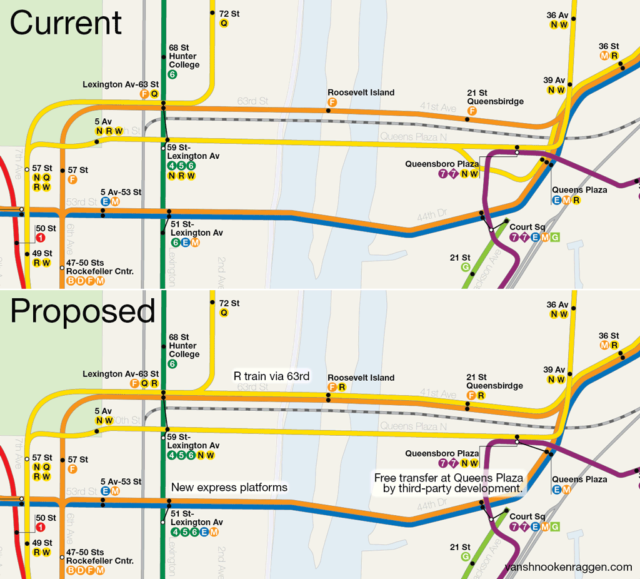
The idea for new express platforms isn’t as crazy as it sounds. When originally built the IRT Lexington Ave Line only had express stations at 42nd St, 86th St, and 125th St. With the growth of Queens after World War II the Transit Authority saw the need to expand 59th St as it was a crucial transfer point. Because of how narrow Lexington Ave is the city built the express tracks of the Lexington Ave Line below the local tracks. At 59th St this meant that the new express platforms at were below the BMT Broadway-Astoria Line so a new lower mezzanine and escalators were installed. The IRT designed their subways (the 1/2/3 on the west side and the 4/5/6 on the east) with fewer express stations in midtown because at the time it had not yet developed into a business center and more riders were headed to the Wall St area. As midtown developed the IRT noticed crowding at 42nd and 86th St as more and more riders needed to change to reach midtown. When the city began developing their own subway, the IND, they designed their routes to avoid this transfer-crowding with more midtown statons being built for express and local trains.
What Midtown East needs is the 2nd Ave Subway but that will not be built in time. Ironically much of the last build out of Midtown East was due to the removal of the 3rd Ave El in 1955 which increased real estate values though the area. What can be done in time is expanding 51st St station. The city and MTA should seriously consider new express platforms which can be integrated to the existing station complex at 51 St-Lex/53. Doing so will have a ripple effect on service along the east side and would allow for more efficient train routing in Queens, further reducing congestion on the east side.
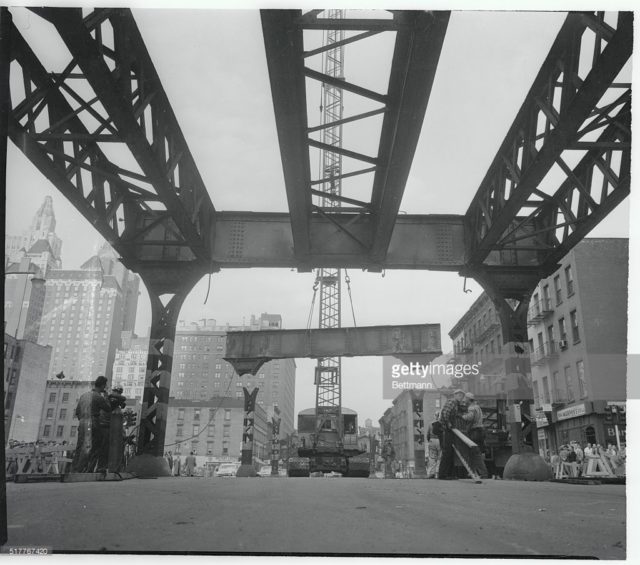

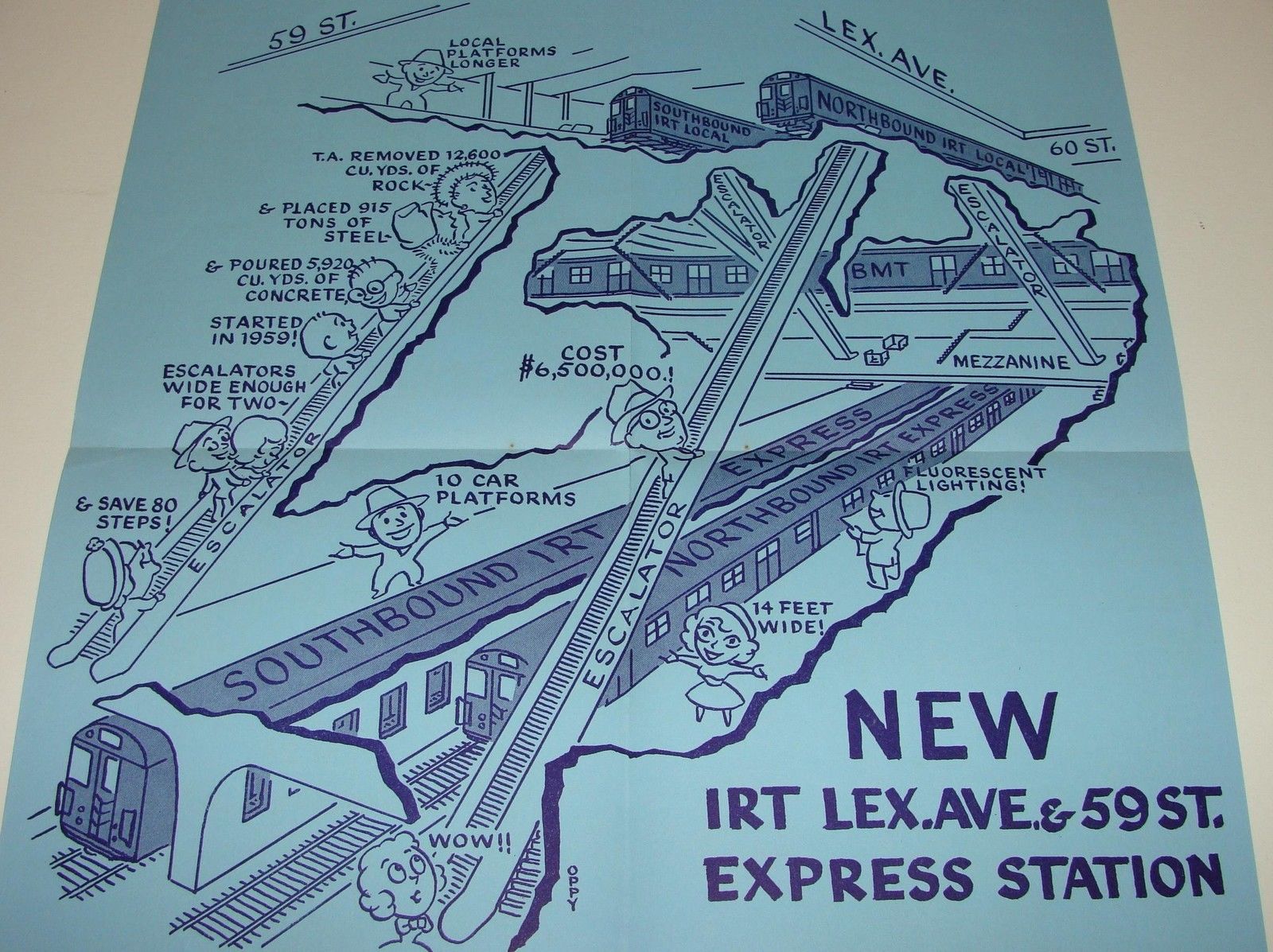
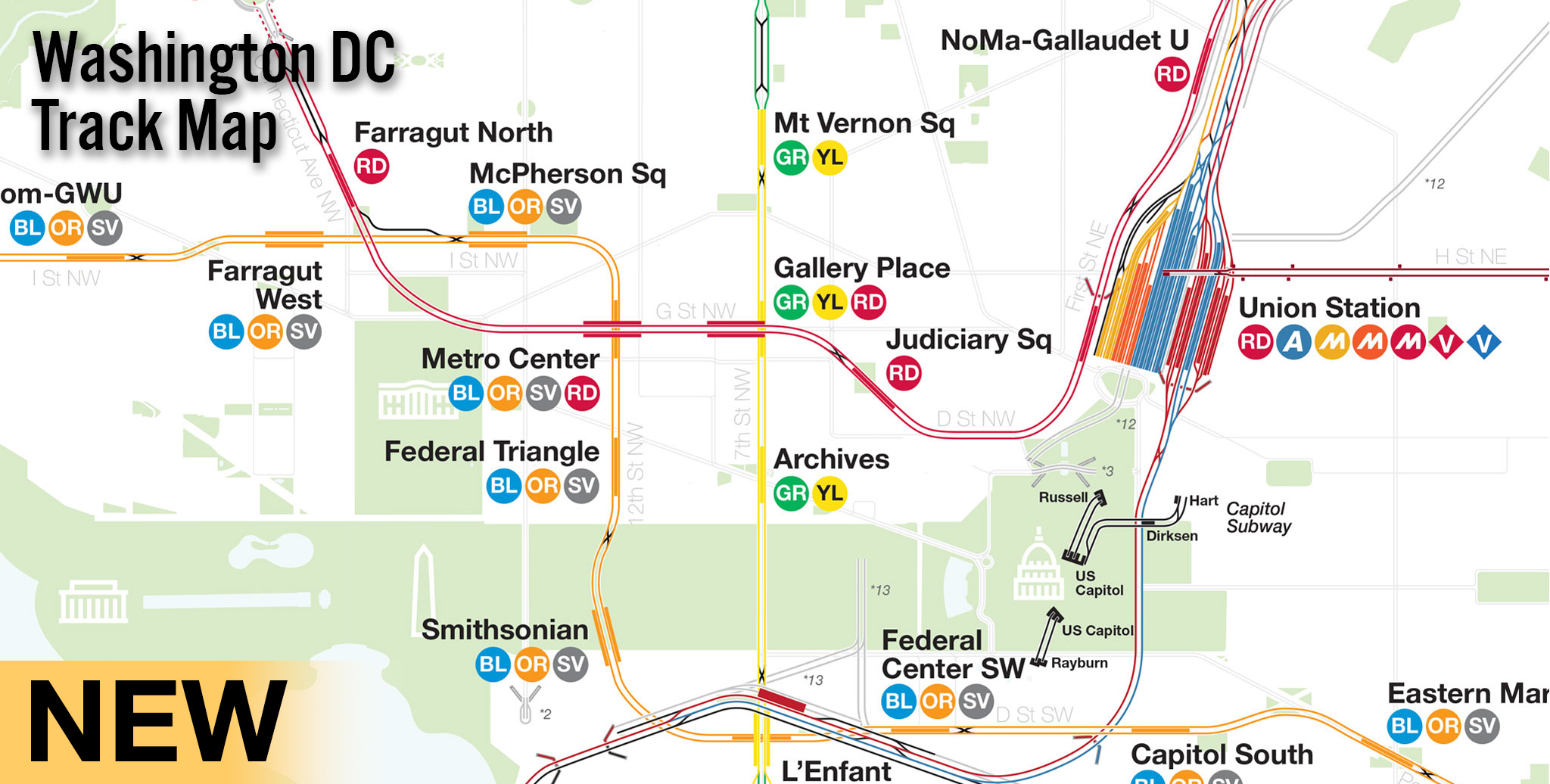
There is no direct track connection between the Broadway local tracks and 63rd Street. If you would use switches south of 57th, you would have the N going to the local, and the R coming to the express, resulting in delays.
The N already is coming in on the local tracks and can switch between 42 and 34 like it has been. Or since both N and R need to switch at 57 their schedules can be adjusted to space trains so that the switch can change back and forth.
Again, not ideal. But ideal means expanding the Astoria Line with a new yards which is outside the scope of this project.
The R runs 7–10 TPH, the Q runs between 7–10 TPH, the W runs 6–7 TPH, and the N runs 7–9 TPH.
South of 34th there are between 14–19 TPH on the express and about 13–17 TPH on the local. At 34th Street, trains are held to allow N service to switch to the local, which delays trains. North of 34th there would be 7–10 TPH on the express and 20–26 TPH on the local. At 57th, with your plan, you would have 7–10 TPH R service switch off. That would leave 14–20 TPH on the express, and 13–16 TPH on the local.
Trains going over a swtich will need to be almost exactly on schedule so as to not delay service.
See here:http://www.subchat.com/readflat.asp?Id=126072&p=2#126843
An express platform at 53rd would actually increase congestion on the Lex, not decrease it; right now passengers on the Lex going to Queens are filtered. Those who need Astoria/Queens Blvd take the express; those who need Queens Blvd stay on the local. Building an express stop at 51 St encourages everyone there to take overcrowded express trains instead of (relatively) underutilized 6 trains.
As far as the bonuses go, we should also consider incentivizing developers to build parts of station shells for the future SAS. Maybe not the full station itself, but at least already mined-out basements that could be components of any future entrances, so that all that the MTA needs to do is build the station box itself once it’s done.
You are thinking about this in present terms. When Midtown East rezoning goes through the area will be even more crowded. Asking developers to expand subway stations is great but you are just forcing more people onto existing trains. Building an express platform gives riders an additional option to reach their jobs and doesn’t require them to transfer at 42 or 59. This also gives Queens riders more options; 60th St is maxed out so reorganizing local trains means more local trains.
You seem to have ignored what I said entirely. I’m saying to incentivize building shells for the future stations that will serve Second Avenue in addition to expanding the existing ones.
If you build express platforms at 51 St, the resulting dwell times at 51 St will hold up express trains and reduce capacity even further; dwell times at 42 and 125 Sts already bottleneck the capacity of the Lex at 24-25 TPH instead of the 30TPH that signalling supports. The Lex is so overcrowded that whatever small amount of capacity you free up at 42 and 59 will end up getting filled anyways by the rest of the million people a day that ride the Lex. Filtering passengers so that those who need 53 St take the local and those that take 59 St take the express is far more efficient from the perspective of managing passenger circulation efficiently.
Yes which is because riders are changing from express to local. If express trains stopped at 51st the dwell time wouldn’t be enough to fuck up the entire line and less express-local transfers would be occurring at 42 and 59 to slow trains down.
… This is exactly the point of doing this. The only long term cure for Lex crowding is the 2nd Ave Subway. Midtown East zoning will go into effect long before Phase 3 is complete (or ever started) so we need to do the best with what we have.
The system needs to run more efficiently to handle growth which means using 63rd St and segregating transfers more than they are now.
Andrew, your ideas are brilliant. I came across this site about 2 years ago when I was searching up, well, the Second Avenue Subway. Your explanation that it is essential for it to be 4 tracks like the other Manhattan trunk lines sparked a whole new level of transit network imagination inside my own head.
I’m not intending to be off-topic, but I have something to suggest for the FutureNYCSubway 2017 post:
The Cranberry Street Tubes (A/C trains under the East River) are 2 tracks only. This, I believe, limits the amount of trains that the A/C can run. There are unused tracks at Hoyt-Schermerhorn Streets, that I believe a diverted A train or C train could use. East of there, new tunnels could be constructed to eliminate the bottleneck. But of course, this would be of no use without further construction. This would create two new tracks through Jay Street/MetroTech (with diamond switches connecting to the A train tracks for flexibility in the event of a significant delay. After that, the 2 new tracks would continue either alongside or underneath the existing Cranberry tubes, with a stop at High Street. Then they would dive underneath the existing tubes to travel under the East River, and would stay underneath the existing tubes to just before Chambers Street. Backtracking a little (pun intended), in conjunction with the new Cranberry tubes, a station shell under Water Street should be constructed, 2 upper tracks, 2 lower tracks. This would allow a transfer to one of the 2nd Avenue Subway services that serves Hanover Square. Going back to Chambers Street, the tracks and platforms at Chambers/WTC and Canal will need to be reconstructed to keep the A train separate from the E and C.
This large scale project would mean the only capacity restraint left for the A and C trains is the IND Central Park West line (shared with D and B trains). With CBTC on the Central Park West line, the A and C could run a frequent schedule akin to the Lex line. Andrew, I hope this will be considered at some point in the future, of not in the FutureNYCSubway 2017 post.
Best wishes and happy pipedreams,
Tim